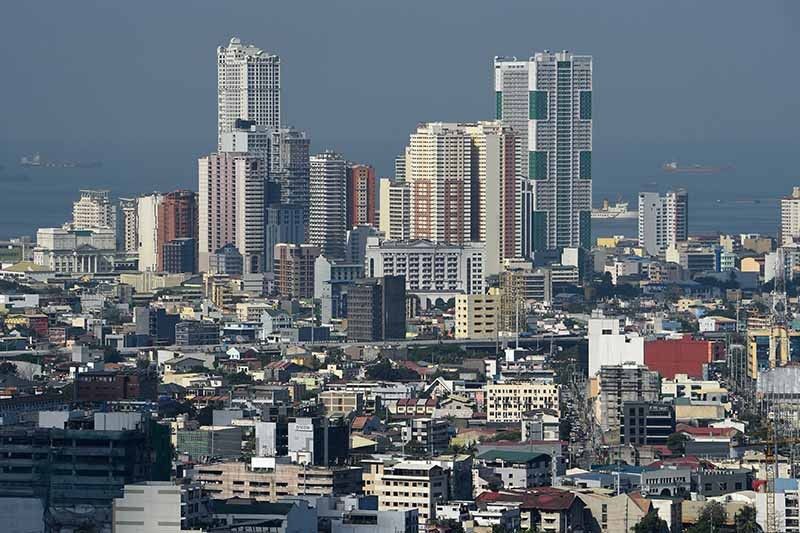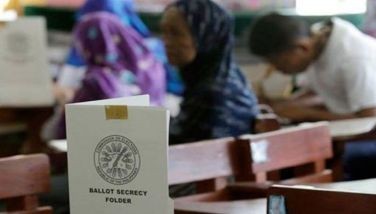Air quality in Philippines exceeds WHO safety limits — study

MANILA, Philippines — While the Philippines is not beset by high levels of deadly micro-pollution, the country still has a very polluted air, a report on air quality worldwide suggests.
Last year, the Philippines’ annual mean for PM2.5—the most dangerous kind of airborne pollution—
This was higher that the safety limit set by the World Health Organization at 10
Particulate matter of 2.5 microns or
Bangladesh emerged as the most PM2.5-toxic country in 2019, followed by Pakistan, Mongolia, Afghanistan and India.
Southeast Asia
According to the study, South Asia, Southeast Asia and Western Asia carry the highest burden of PM2.5 pollution overall. Only six cities in these areas met the WHO annual targets.
“Southeast Asia’s emission sources include vehicle exhaust, biomass burning, industry and coal-based energy production. Rapid growth and development often exacerbates air quality conditions in metropolitan areas, as construction and increased energy consumption result in increased ambient PM2.5,” the report noted.
Indonesia topped the list of
The Philippines ranked 57th out of 98 countries included in the report. Regionally, it ranked lowest among the nine countries.
The study also showed that four cities in the Philippines are among the cleanest in Southeast Asia. Calamba in Laguna topped the list, with Carmona in Cavite, Legazpi in Albay and Balanga in Bataan placing third, 10th and 11th respectively.
Air pollution monitoring systems needed
But environment groups in the Philippines said
Gia
“With the Philippine Clean Air Act and the standards contained
“The Philippine government should see the data as an impetus to overhaul air quality monitoring systems in the country,
- Latest
- Trending


































